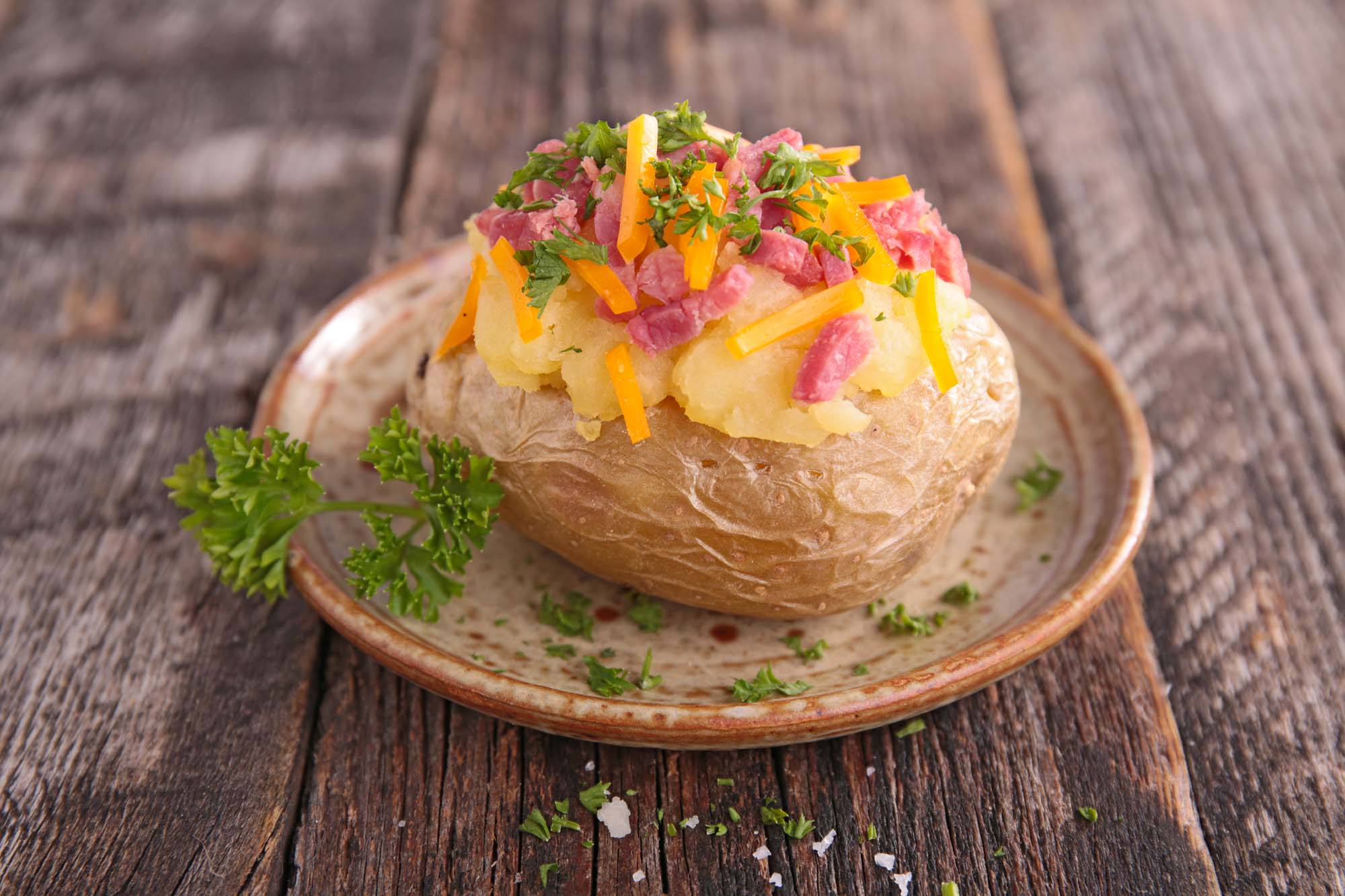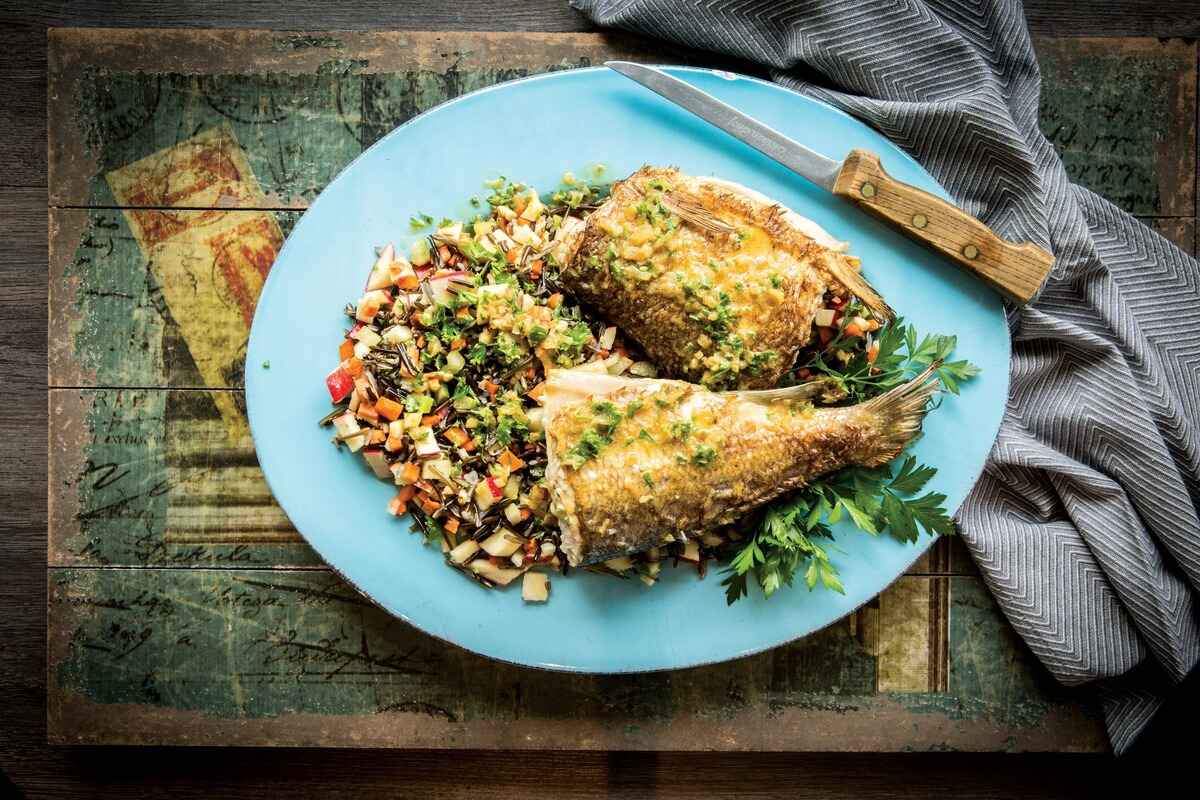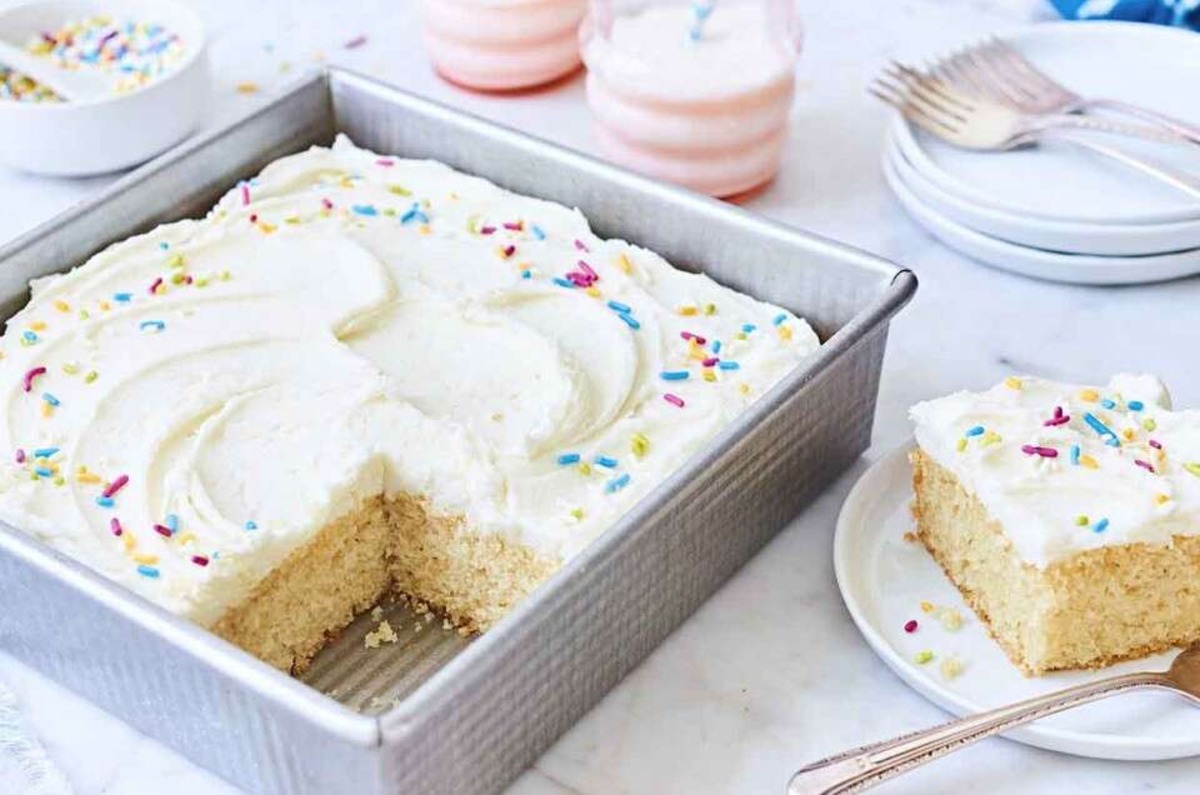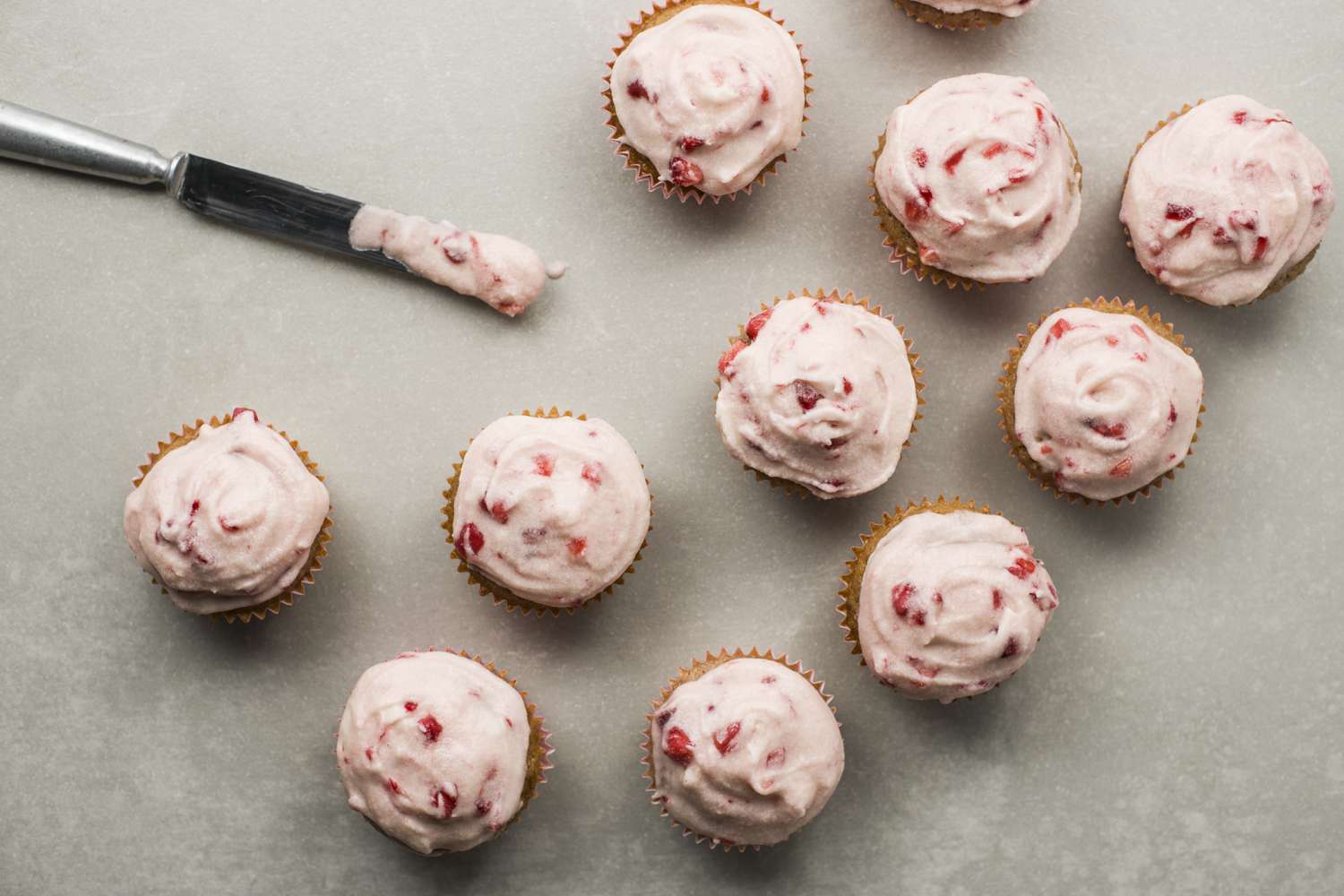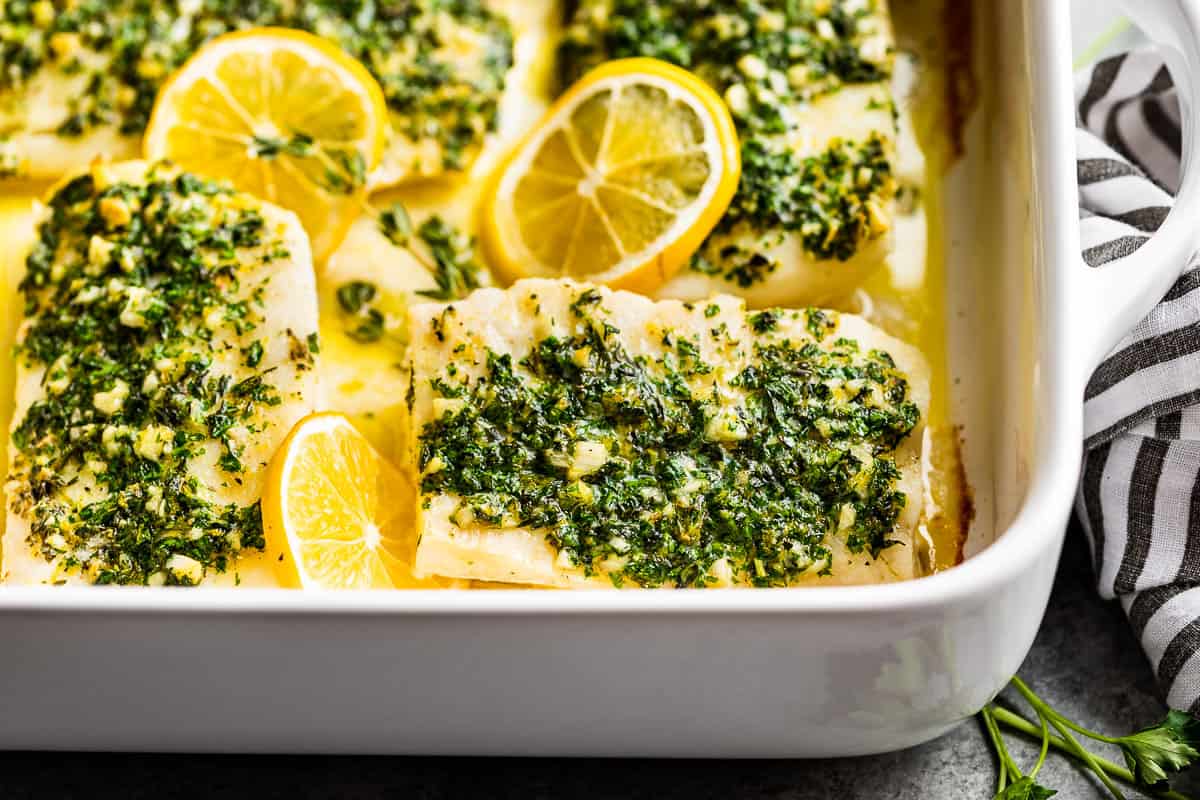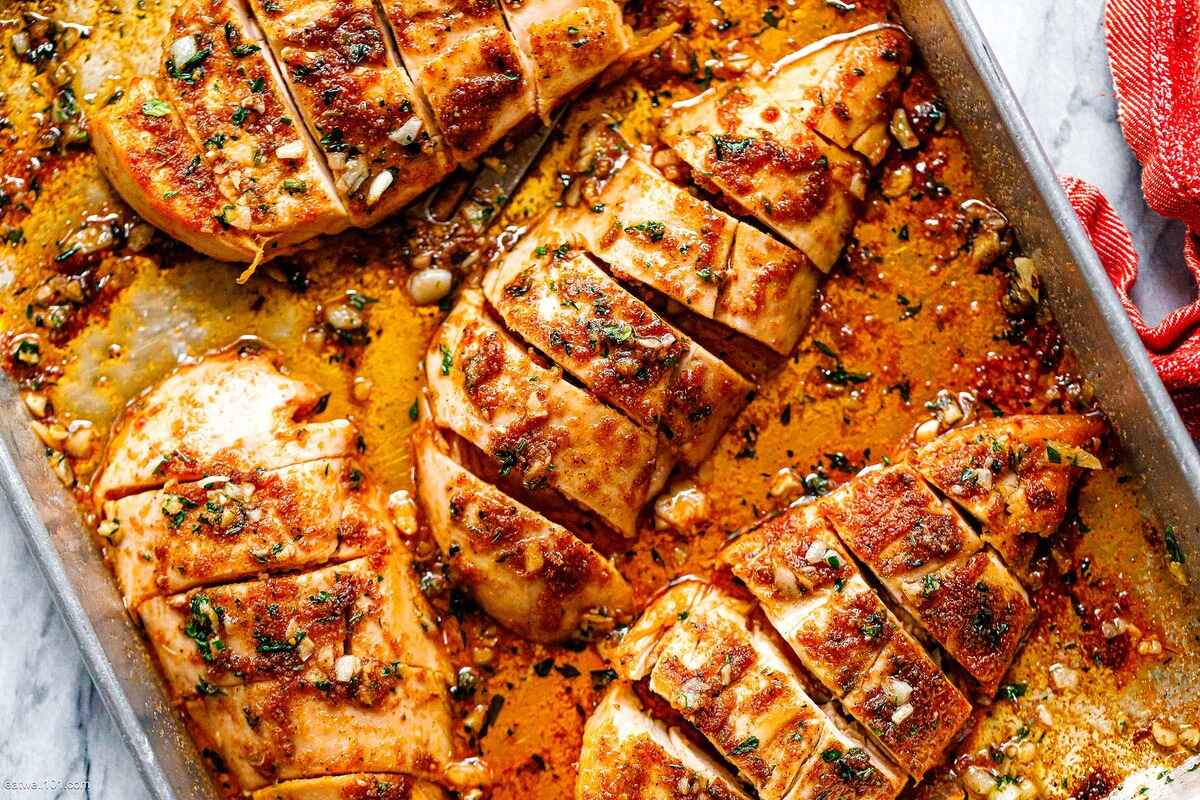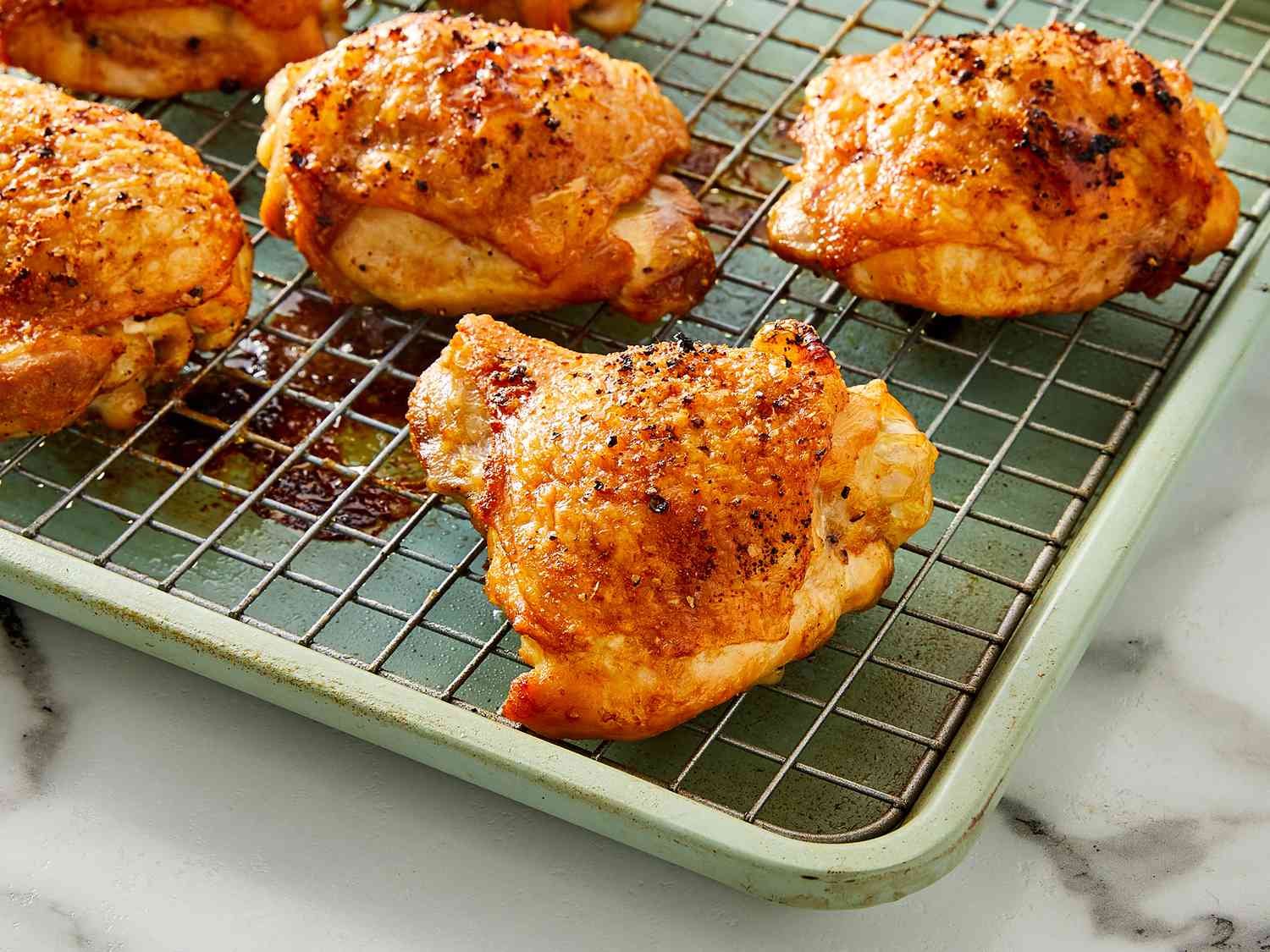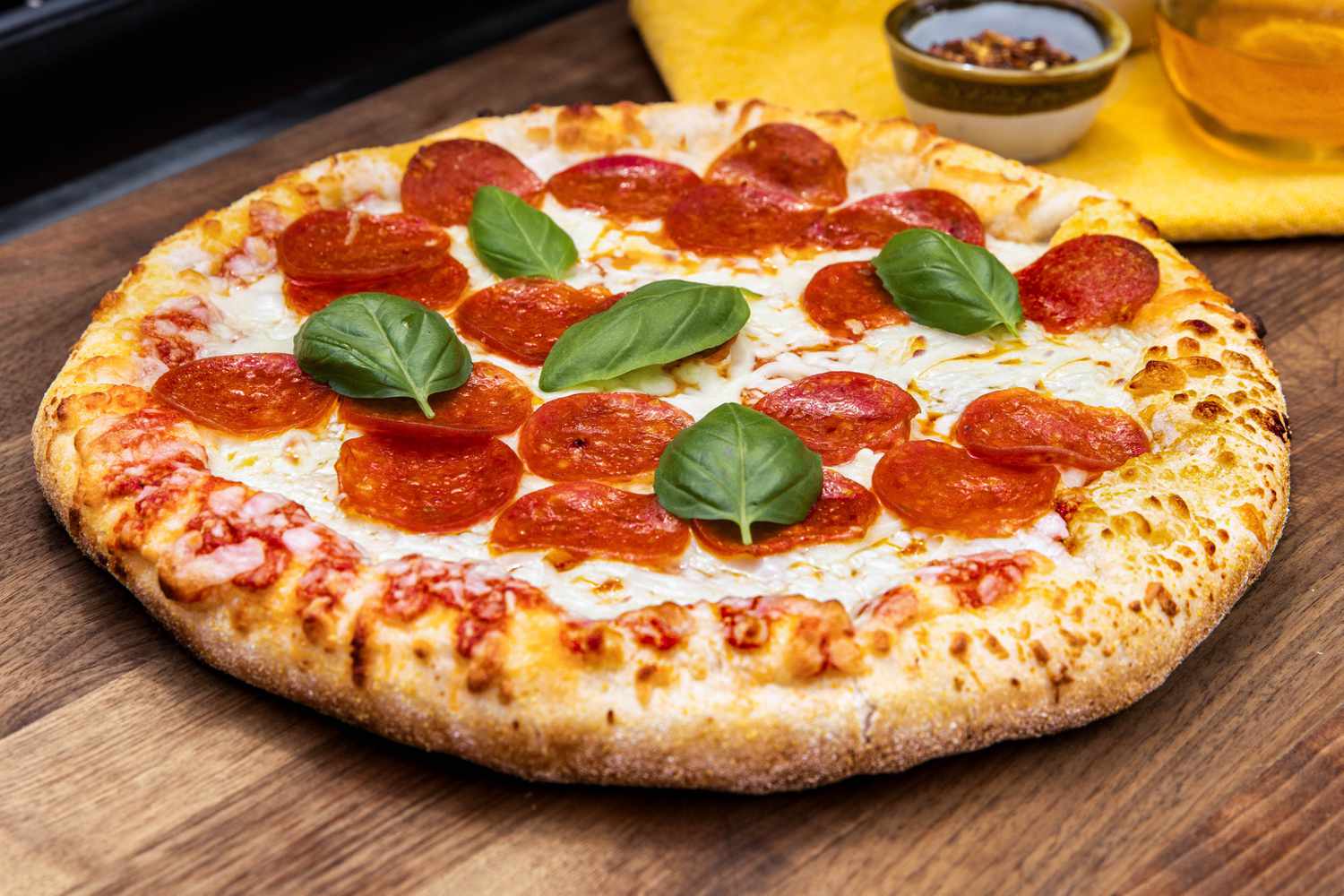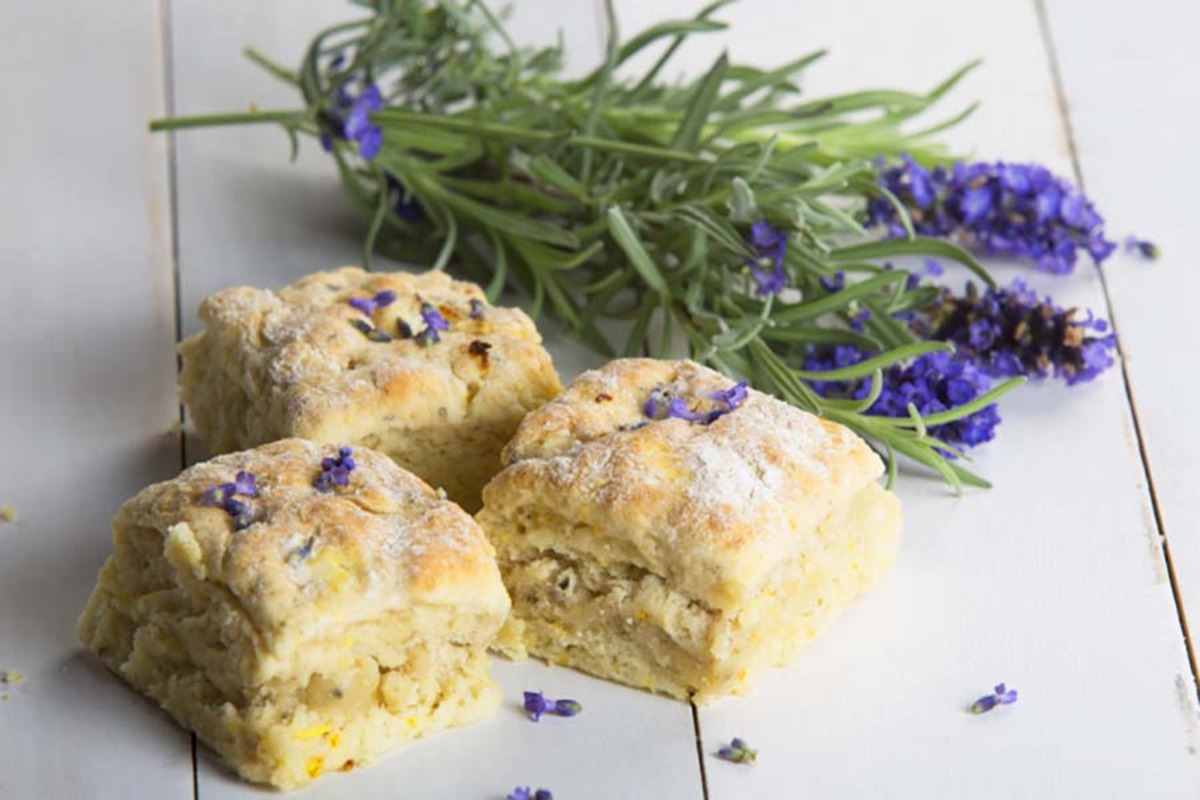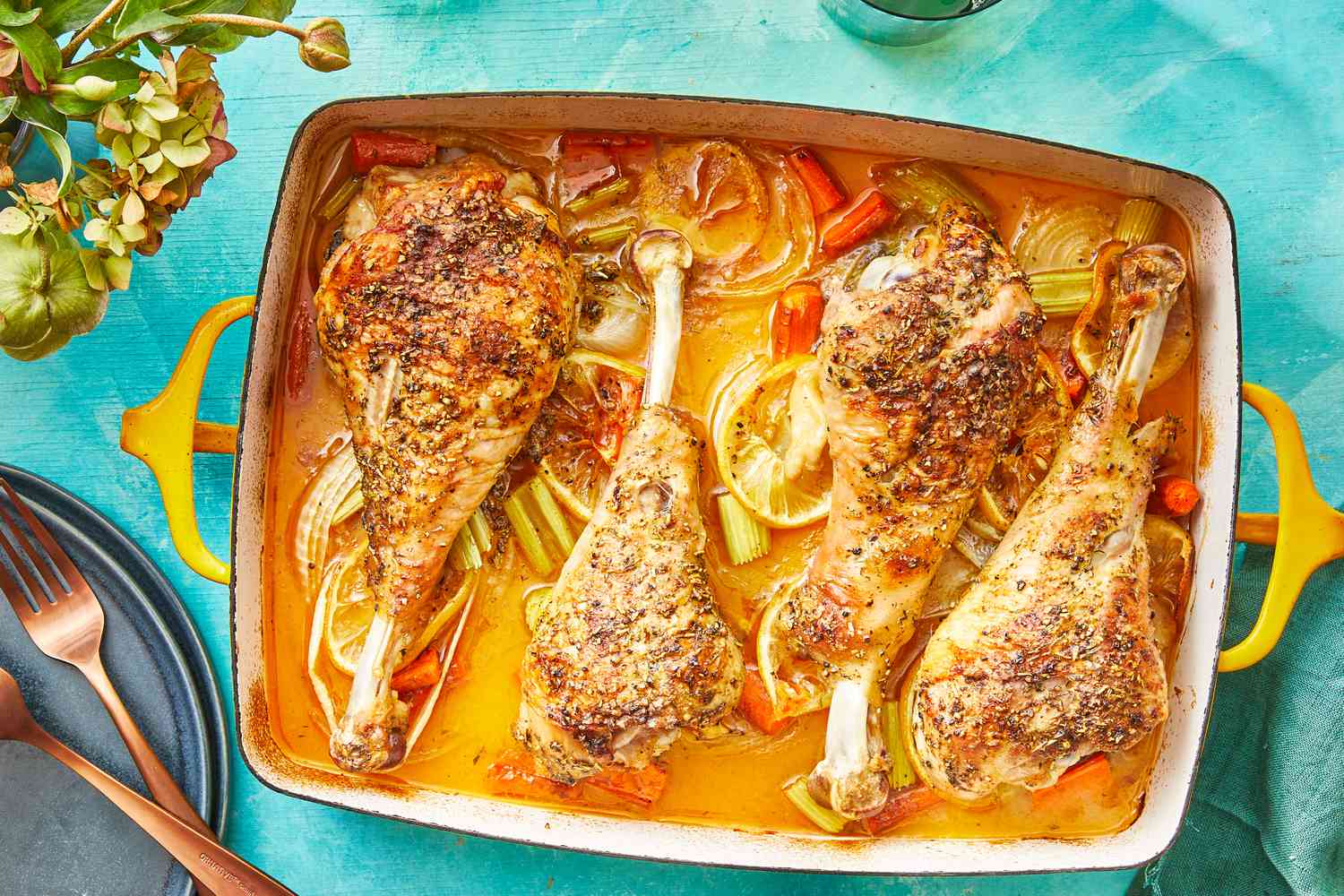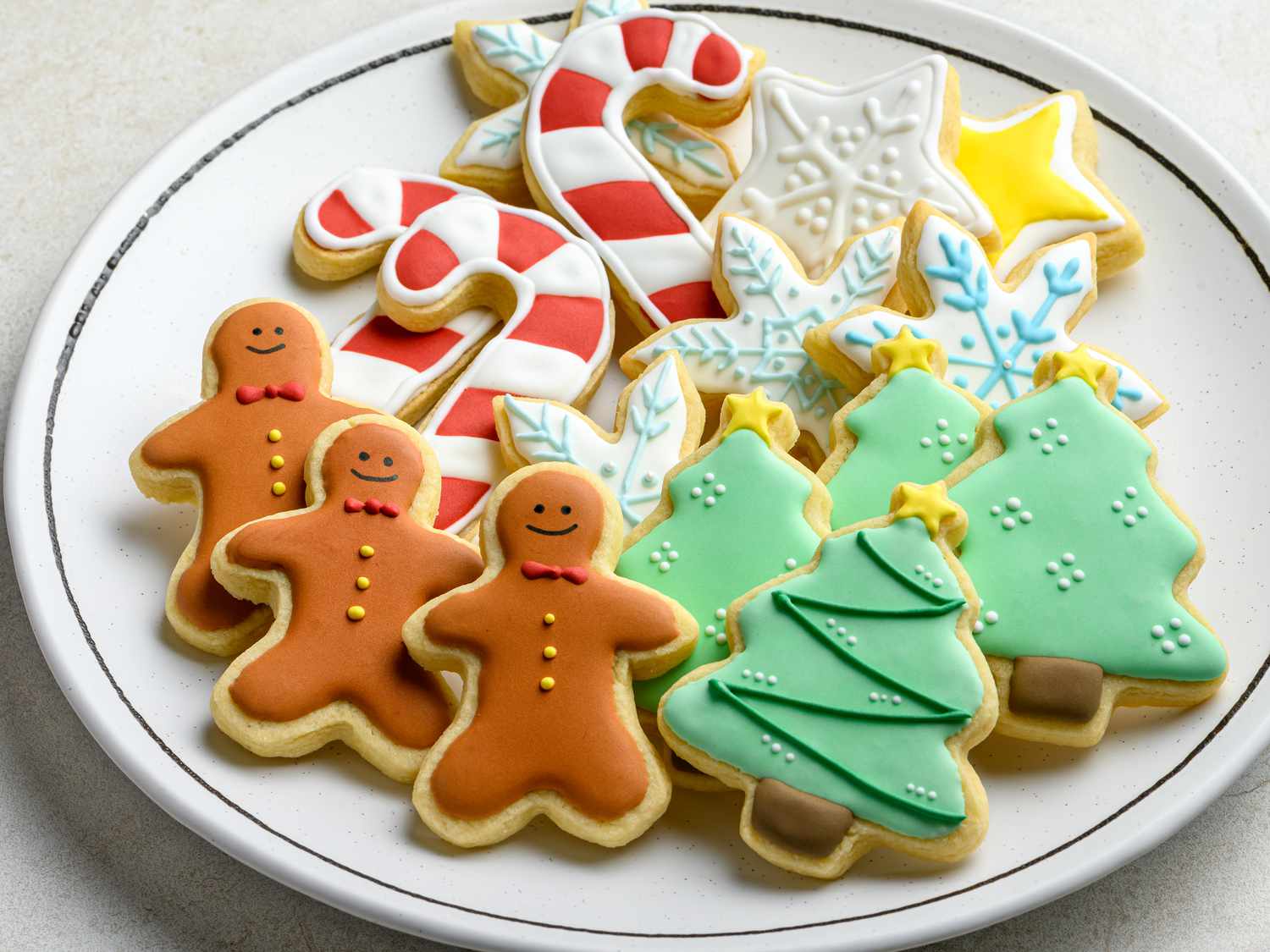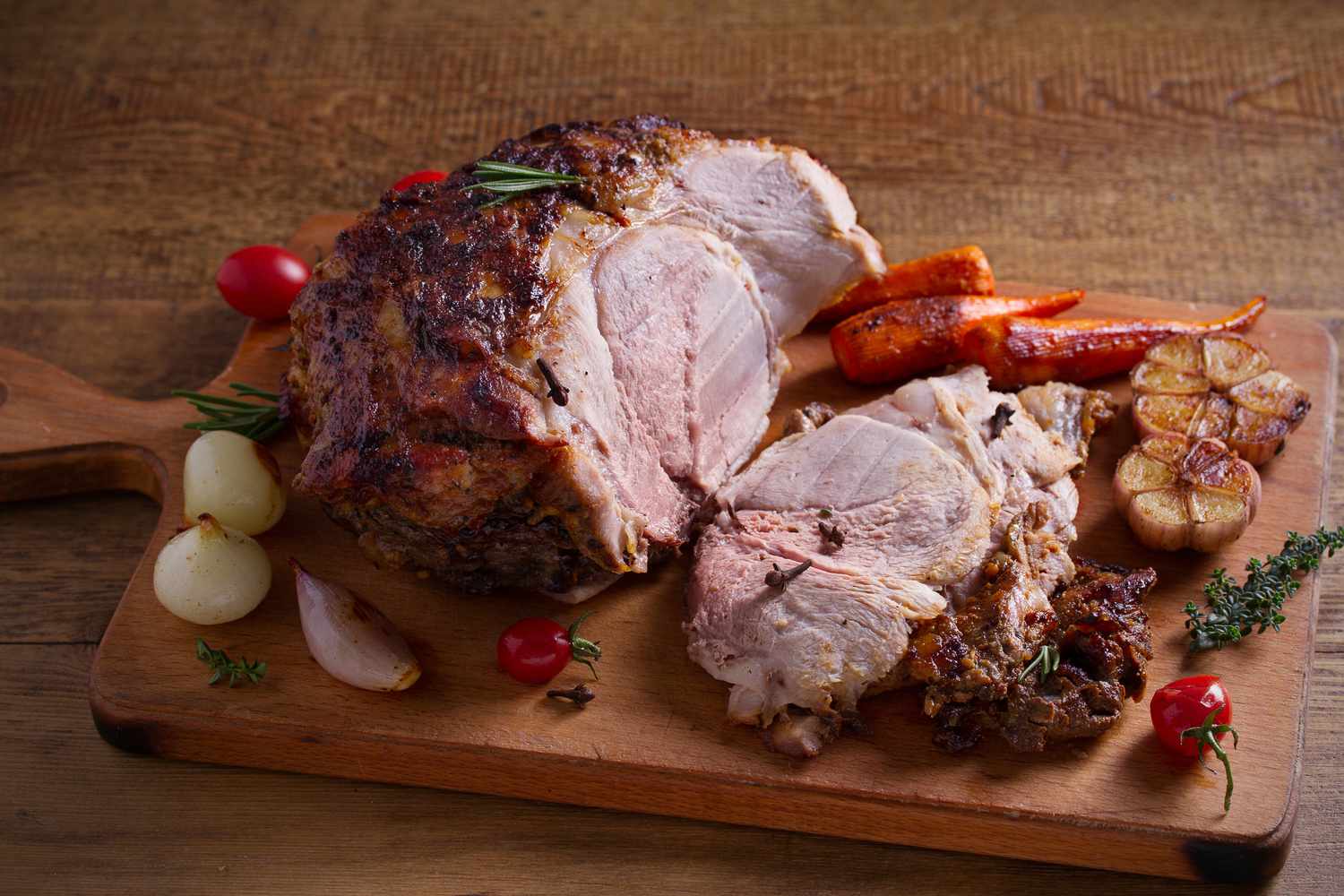How to Make Knishes: A Delicious Guide to Perfectly Stuffed Delights
Welcome, food enthusiasts! Today, we embark on a culinary adventure as we explore the art of making knishes. Whether you’re a fan of the traditional Jewish delicacy or simply curious to try something new, this step-by-step guide will lead you through the process of creating delectable knishes right in your own kitchen.
What exactly is a knish?
Before we delve into the recipe, let’s quickly define what a knish is. Originating from Eastern Europe, a knish is a pastry filled with a savory mixture of mashed potatoes, onions, and a variety of other ingredients. Imagine a handheld pocket of goodness that is both satisfying and bursting with flavors.
The essential ingredients
Here’s what you’ll need to gather to create your knish masterpiece:
- 2 cups all-purpose flour
- 1/2 teaspoon salt
- 1/4 cup vegetable oil
- 1/2 cup warm water
- 3 cups mashed potatoes
- 1 onion, finely chopped
- 2 tablespoons butter
- 1/4 teaspoon black pepper
- Optional fillings: cheese, mushrooms, spinach, or ground meat
Step-by-step instructions
Now that we have our ingredients ready, let’s dive into the process of making these scrumptious knishes:
- In a large bowl, combine the flour and salt. Make a well in the center and pour in the vegetable oil and warm water. Mix until a dough forms, then knead for a few minutes until smooth and elastic. Cover the dough with a damp cloth and let it rest for 30 minutes.
- In the meantime, melt the butter in a skillet over medium heat. Add the chopped onion and cook until translucent and slightly browned. Remove from heat and combine with the mashed potatoes in a mixing bowl. Season with black pepper and any optional fillings you desire. Mix well.
- Preheat your oven to 375°F (190°C). Line a baking sheet with parchment paper.
- On a lightly floured surface, roll out the dough into a thin sheet. Using a round cookie cutter or a glass, cut out circles of dough.
- Place a spoonful of the potato mixture onto the center of each dough circle. Fold the edges over the filling, sealing them tightly.
- Arrange the knishes on the prepared baking sheet and brush the tops with a beaten egg for a golden finish.
- Bake for 25-30 minutes or until the knishes turn golden brown and crispy.
- Allow the knishes to cool for a few minutes before serving. They are best enjoyed warm, but can also be refrigerated and reheated later.
Get creative and make it your own
While traditional knishes typically feature a potato filling, don’t hesitate to let your culinary creativity soar. Experiment with different fillings such as cheese, mushrooms, spinach, or even ground meat. Tailor the recipe to your preferences and surprise your taste buds with delightful variations.
Knishes: A taste of tradition
Now that you know how to make knishes from scratch, you can savor the flavors of this beloved Eastern European treat at any time. Whether you’re hosting a gathering or simply treating yourself, knishes are a versatile and scrumptious addition to any meal.
So, put on your apron, gather your ingredients, and let the aroma of freshly baked knishes fill your kitchen. With a little practice and a whole lot of enthusiasm, you’ll soon become a knish-making pro!
Happy cooking!
Was this page helpful?
Read Next: How To Make Popovers
